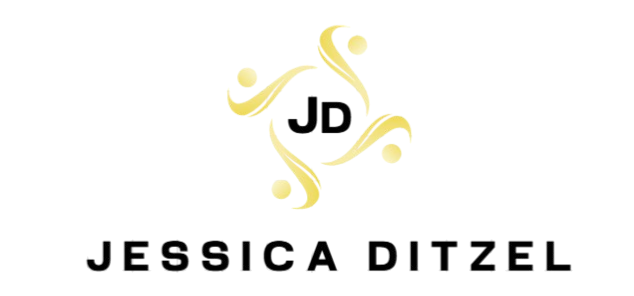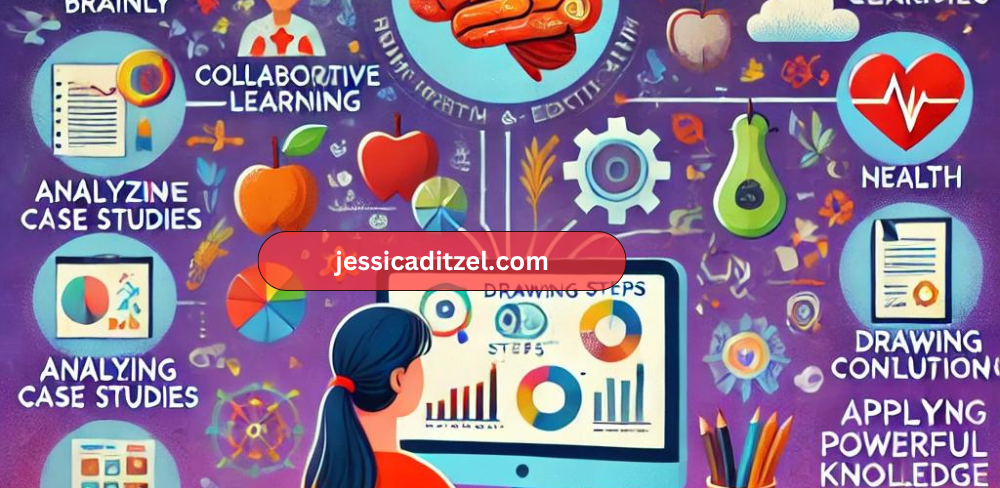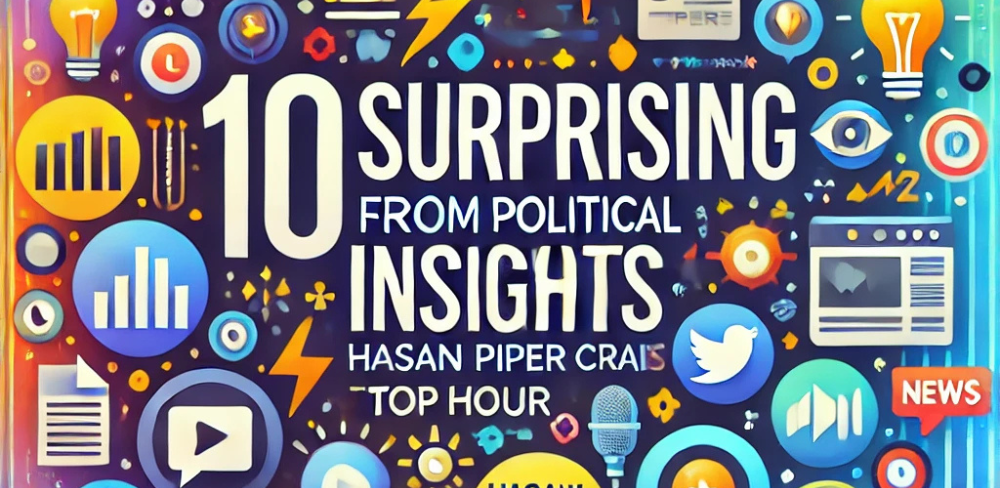In today’s rapidly advancing world of education, platforms like Brainly Nutrition and Health Edgenuity drawing conclusions are transforming how students approach their studies, especially in areas like health and nutrition. These tools not only provide an enhanced learning experience but also help students develop critical thinking skills, including the ability to draw meaningful conclusions from data.
If you’re looking to improve your skills in Brainly Nutrition and Health Edgenuity drawing conclusions, this guide will offer actionable insights to help you master this essential skill. From understanding nutrition basics to utilizing educational platforms effectively, here’s how you can develop expertise in drawing conclusions that matter.
Understanding the Core of Brainly Nutrition and Health Edgenuity drawing conclusions
Before diving deep into how to draw conclusions, it’s crucial to understand what Brainly Nutrition and Health Edgenuity drawing conclusions entails. Brainly is a community-driven platform where students can ask questions and get answers, while Edgenuity provides interactive educational resources.
When you combine these two platforms in the realm of health and nutrition, you get a comprehensive learning system. Students are given case studies, real-life problems, and health data to analyze, which aids in understanding fundamental nutrition principles.
Subtopics:
- Nutrition Basics: Macronutrients and Micronutrients
- Health Edgenuity Learning Paths: Interactive lessons that aid in understanding
- How Brainly helps clarify difficult concepts
The Importance of Drawing Conclusions in Health and Nutrition
Drawing the correct conclusions from health and nutrition data is vital for making informed decisions. When using Brainly Nutrition and Health Edgenuity drawing conclusions the process of reaching conclusions from the provided information fosters critical thinking.
For example, you might analyze dietary plans, nutrient deficiencies, or case studies involving public health. Drawing the right conclusion means identifying patterns, understanding the significance of data, and recognizing cause-and-effect relationships. This step is key in education platforms and real-life applications, like creating a balanced meal plan.
Subtopics:
- Critical Thinking in Nutrition: Why it matters
- Applying Edgenuity Tools to Draw Accurate Conclusions
- The Role of Data in Health Decisions
Leveraging Brainly for Nutrition Queries
One of the strengths of Brainly Nutrition and Health Edgenuity drawing conclusions is how Brainly’s community-driven model helps students clarify complex concepts. Nutrition can sometimes feel overwhelming, especially with the amount of data involved, but Brainly allows you to ask peers, teachers, and professionals for help.
Through discussion, comparison of ideas, and collaborative learning, you can deepen your understanding of a topic and draw more accurate conclusions. This is particularly useful in subjects like health, where new research and data are always emerging.
Subtopics:
- Collaborative Learning on Brainly
- Real-Life Examples of Conclusion Drawing in Health Queries
- Maximizing Brainly for Tough Nutrition Questions
Utilizing Edgenuity for Interactive Health Learning
While Brainly is excellent for peer-to-peer assistance, Edgenuity provides a more structured approach to learning. Brainly Nutrition and Health Edgenuity drawing conclusions becomes easier when students are exposed to interactive lessons that simulate real-world scenarios.
Through animations, quizzes, and interactive case studies, Edgenuity ensures students grasp health concepts, practice problem-solving, and apply what they’ve learned to draw well-supported conclusions.
Subtopics:
- Edgenuity’s Interactive Tools: How They Help
- Practical Health Applications in Edgenuity
- Case Study Analysis in Edgenuity: Drawing Evidence-Based Conclusions
Best Practices for Drawing Conclusions in Nutrition and Health
When you’re using Brainly Nutrition and Health Edgenuity drawing conclusions, knowing how to synthesize the information is crucial. Here are some best practices that can help:
- Review the Data Carefully: Look at all the facts before jumping to a conclusion. Nutritional data can be complex, so it’s essential to consider every variable.
- Consider Multiple Perspectives: Health and nutrition are interdisciplinary fields. Consider insights from biology, psychology, and environmental science when drawing conclusions.
- Ask Clarifying Questions: Brainly can help here by allowing you to ask follow-up questions when you don’t understand something fully.
By adopting these strategies, you’ll develop a well-rounded approach to conclusion drawing, making you more confident in your studies.
Subtopics:
- How to Review Health Data Effectively
- Common Pitfalls in Drawing Nutrition Conclusions
- The Importance of Context in Health Conclusions
Case Study: Drawing Conclusions from Health Data in Edgenuity
Let’s look at a real-life example where Brainly Nutrition and Health Edgenuity drawing conclusions comes into play. Imagine you are analyzing a case about childhood obesity. The Edgenuity platform may provide you with various data points: family history, dietary habits, physical activity levels, etc.
Using the tools available, you would:
- Analyze the Data: Understand the relationship between diet, genetics, and exercise.
- Collaborate via Brainly: Post questions about aspects of the case you don’t understand or get opinions from peers.
- Draw a Conclusion: Develop a strategy to address the issue, perhaps recommending changes in diet and lifestyle based on the data.
This case highlights how the integration of these platforms helps in learning, understanding, and drawing conclusions.
Subtopics:
- Breaking Down Health Case Studies
- Real-World Applications of Nutrition and Health Edgenuity
- Using Brainly for Discussion and Analysis
How to Improve Your Conclusion Drawing Skills in Brainly Nutrition and Health Edgenuity
Improving your ability to draw conclusions in Brainly Nutrition and Health Edgenuity requires practice. Here are actionable steps to help:
- Practice Regularly: The more you work with nutrition data and health case studies, the better you’ll become at drawing conclusions.
- Engage with the Community: Ask questions on Brainly, participate in Edgenuity’s interactive lessons, and seek feedback from instructors or peers.
- Stay Updated: Health and nutrition are constantly evolving fields, so it’s important to keep up with the latest research.
By consistently practicing these habits, you’ll improve your skills in no time.
Subtopics:
- Daily Exercises to Sharpen Conclusion Drawing Skills
- Incorporating New Research into Health Conclusions
- Getting Feedback from Experts on Brainly
Conclusion of Brainly Nutrition and Health Edgenuity drawing conclusions
Mastering Brainly Nutrition and Health Edgenuity drawing conclusions is a skill that can significantly benefit your academic journey and real-world applications. By combining the interactive learning tools from Edgenuity with the collaborative environment of Brainly, students can gain a comprehensive understanding of health and nutrition.
As you continue to work on drawing conclusions, remember to ask questions, review data carefully, and apply critical thinking skills to every scenario. These steps will not only improve your performance in health education but also equip you with the tools to make informed decisions in your personal life.




